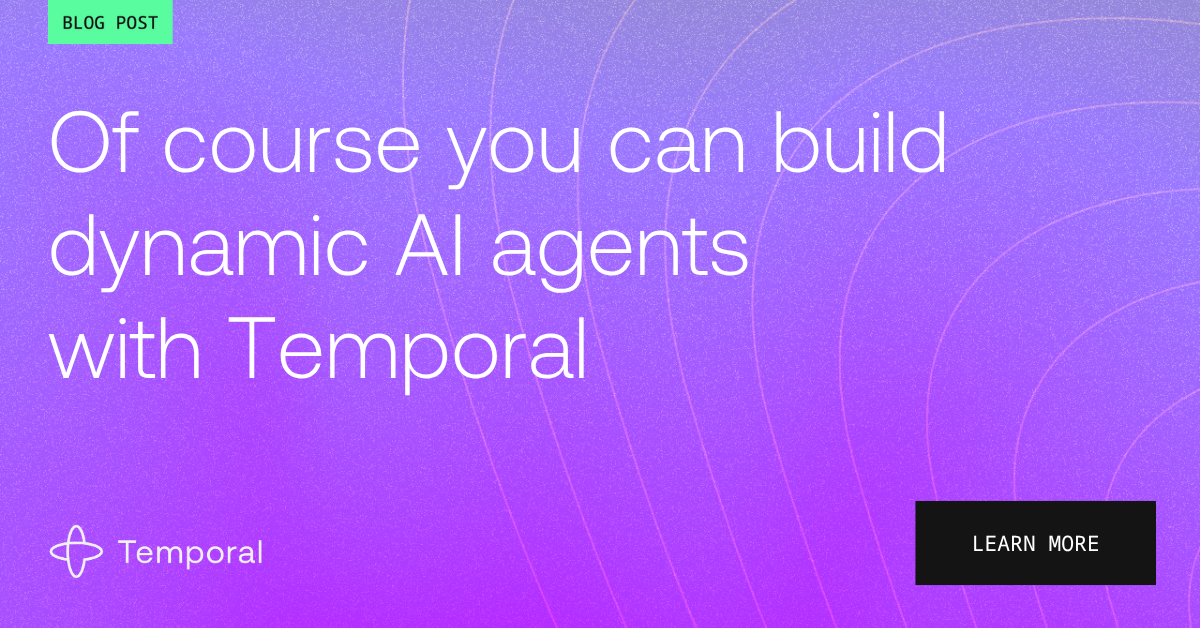Enterprise MCP Gateway Architecture - Production-ready solution that solves tool bloat, authentication complexity, and operational overhead in enterprise MCP deployments.
mcp.adapter.demo.consulting.launch.mp4Try: "Create a PDF limerick about MCP gateways and give me the download link."
This creates a .mcp.json file in your project with the MCP Adapter configuration. The .mcp.json format is Claude Code's standard configuration for project-scoped MCP servers, designed to be checked into version control for team collaboration.
Traditional MCP deployments create operational complexity through:
- Tool Bloat - Every application maintains its own tool sets, leading to duplication and inconsistency
- Authentication Complexity - Each MCP server handles its own auth, creating fragmented security policies
- N×M Integration Problem - M applications × N tools = exponential integration overhead where each application needs custom auth, error handling, and maintenance for every tool connection
- No Centralized Control - Distributed authorization decisions with no unified monitoring or session management
- Operational Overhead - Complex multi-tenant resource isolation with scaling challenges
MCP Adapter transforms the N×M integration problem into M+N standardized connections through enterprise gateway architecture, where M applications and N tools connect through a single gateway rather than requiring M×N individual connections:
✅ Centralized Authentication - Single OAuth 2.1 endpoint for all MCP services
✅ Unified Authorization Matrix - Three-dimensional tenant×client×resource mapping
✅ Gateway-Managed Connections - Session pooling and routing at the perimeter
✅ MCP Servers Focus on Domain Logic - Backend servers act as pure resource providers
Current Implementation: Production-ready MCP Adapter demonstrating enterprise gateway architecture with session management and security controls.
Gateway Pattern Benefits:
- Tool Aggregation: Single MCP interface exposing namespaced tools from multiple backends
- Session Management: Concurrent session pools with automatic load balancing
- Service Mesh: Isolated container networking with centralized routing
- Monitoring: Real-time session statistics and operational dashboards
First, start the MCP Adapter network from the project root:
Then add the MCP Adapter tools to Claude:
- Technical Specification - Complete guide to production MCP Adapter HTTP gateways
- CLAUDE.md - Development context and commands for Claude Code
- tests/CLAUDE.md - Comprehensive testing documentation
- scripts/: Developer tools and workflow scripts
- tests/: All test code and test utilities
- latex-server/, hello-world/, gateway/: Service implementations
Production-Ready Security Architecture:
- OAuth 2.1 Integration - Complete OAuth flow with PKCE and token validation
- Session Management - Stateless HTTP with secure session pooling and automatic cleanup
- Input Validation - Comprehensive sanitization preventing injection attacks
- Path Traversal Protection - Blocks directory escape attempts (../../../etc/passwd → sanitized)
- File Injection Defense - Validates uploads and prevents system file access
- Docker Isolation - Service mesh networking with container-level security
- Security Testing - 192 tests covering real attack vectors and defensive measures
Gateway Architecture Benefits:
- Centralized Authentication - Single OAuth endpoint eliminates auth complexity
- Tool Consolidation - Eliminates tool bloat by providing unified access to all backend capabilities
- Unified Authorization - Three-dimensional tenant×client×resource mapping with RBAC foundation
- High Availability - Fault-tolerant design with circuit breaker patterns
- Session Pooling - Concurrent session management with automatic load balancing
- Tool Aggregation - Namespace-aware discovery and routing across backend servers
- Service Discovery - Dynamic backend registration with health monitoring
Enterprise Readiness:
- RBAC Foundation - Role-based access control framework ready for multi-tenant deployment
- Monitoring & Observability - Structured logging, metrics, and session analytics
- Scalable Design - Stateless operation supporting horizontal scaling patterns
- Configuration Management - Environment-based configuration with Docker Compose
- Operational Excellence - User-friendly URLs, collision-free file management, clean downloads
MCP Adapter demonstrates enterprise gateway patterns that solve tool bloat, authentication complexity, and operational overhead:
Gateway Server: Central aggregation point that transforms N×M complexity into M+N standardized connections
Backend MCP Servers: Pure resource providers focusing on domain logic (hello-world, latex-server)
Service Mesh: Isolated container networking with centralized routing and discovery
Session Management: Concurrent session pools with automatic load balancing and failover
Implementation Highlights:
- Multi-server aggregation with namespace prefixing and unified tool discovery
- Concurrent session pools with automatic allocation and load balancing
- Real-time monitoring at /sessions endpoint with session statistics
- Emergency scaling capability to exceed pool limits under high load
For detailed architecture patterns and deployment strategies, see Technical Specification.
All service images are automatically built and published to GitHub Container Registry (GHCR):
Production Deployment: Images are automatically built and tested via CI/CD pipeline on every push to main.
Phase 1: Multi-Tenant Architecture (Q2 2025)
- Tenant-Scoped Authentication - OAuth 2.1 with tenant membership controls
- Three-Dimensional Authorization - Tenant×client×resource mapping compliance
- Tenant-Bounded Resource Discovery - Isolated tool visibility per tenant
- Federated Registry Support - Cross-tenant tool sharing with governance
Phase 2: Administrative Controls (Q3 2025)
- Administrative Panel - Web-based tenant and policy management
- Role-Based Access Control (RBAC) - Fine-grained permissions framework
- Usage Analytics - Per-tenant metrics and audit logging
- Policy Management - Centralized authorization rule configuration
Phase 3: Enterprise Platform (Q4 2025)
- Hierarchical Authentication - Multi-level tenant organization
- Semantic Tool Discovery - AI-powered tool matching within tenant boundaries
- Performance Optimization - Advanced caching and connection pooling
- Compliance Framework - SOC 2, GDPR, and enterprise audit support
See CLAUDE.md for complete development commands and workflow.
.png)




